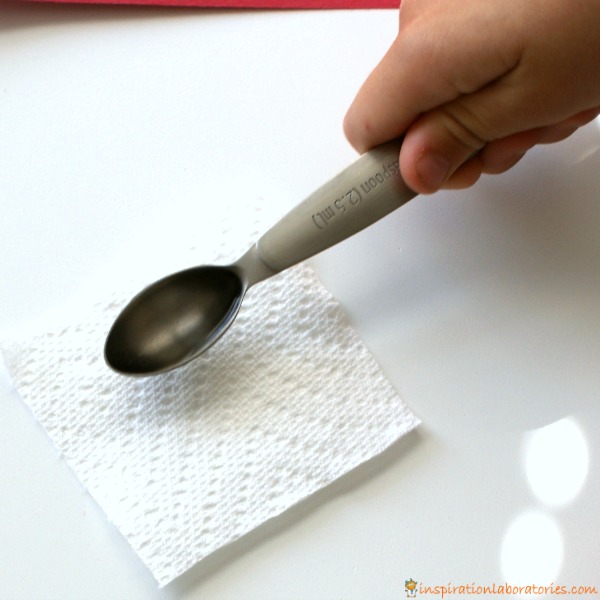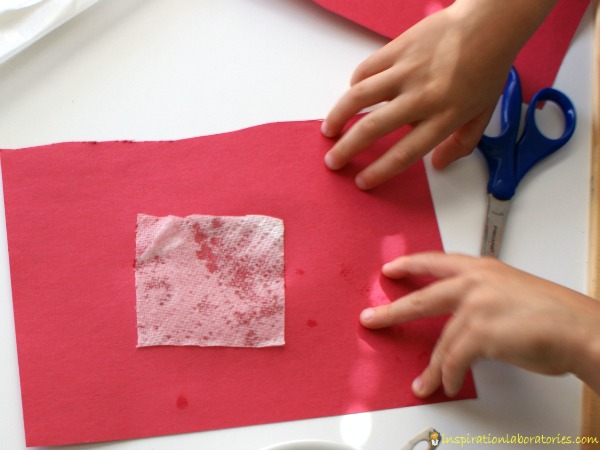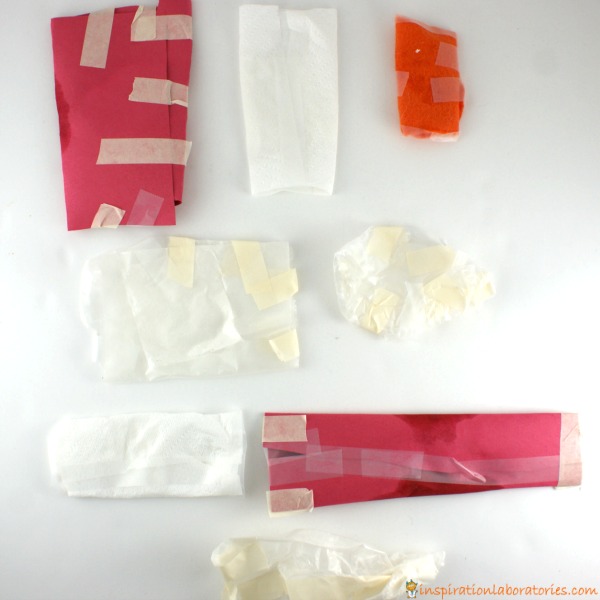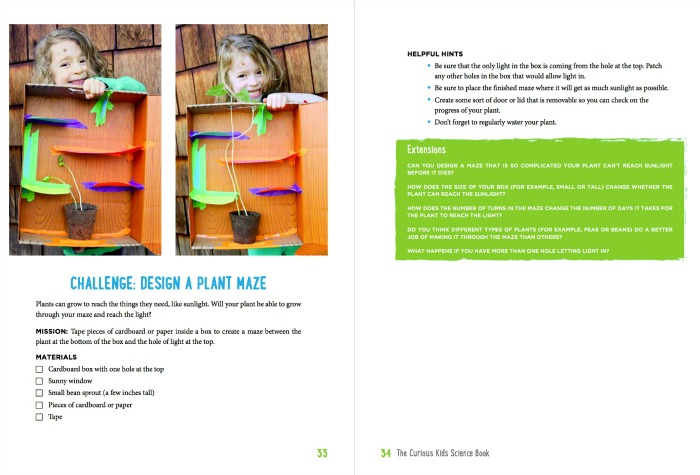Plant Science Experiments for Curious Kids
Have you seen Asia Citro’s latest book yet? We loved her first book, 150+ Screen-Free Activities for Kids. Now she’s written a second book full of science experiments and activities for curious kids. Asia was kind enough to send us a book to review. My son and I have been enjoying going through the book. Aiden wanted to start with some plant science experiments so that’s where we’ll focus today’s post. The book is full of so many great ideas! Affiliate links are included in this post. Clicking on the book titles or covers will take you to Amazon.

The Curious Kid’s Science Book
The Curious Kid’s Science Book: 100+ Creative Hands-On Activities for Ages 4-8. Yes, there are more than 100 hands-on science ideas in this book! The book is all about exploring and experimenting. It is divided into the following chapters:
Plants and Seeds
Water and Ice
Mold, Bacteria, and Fungus
Engineering
Food and Candy
Baking Soda and Vinegar
Environmental Science
Living Things
Are you excited yet? Almost all of the activities can be done with items you have around the house. Asia has supply lists in the book and tells you where you can find the few specialty items.
What I love most about the book is how the activities are set up. For most of the activities, there are not step by step instructions on how to conduct the experiments. There are suggestions and ideas, but it’s the kids that get to design the experiments. They get to be in control. This allows them to have ownership of the activity and usually makes it more fun. Don’t worry though because Asia gives you examples of how other kids have set up the experiments. You can start by doing what they did and then expand from there.
Plant Science Experiments
Aiden (almost age 6) was first drawn to the plant science experiments. He loves helping his dad in our garden so I’m not surprised by this. The first one we tried doesn’t actually involve any plants, so it’s something you can do right now, too.
Challenge: Design a Leaf that Will Keep Water from Evaporating
You can find this activity on page 39 of The Curious Kid’s Science Book. The goal is to learn about how plants keep from losing water (what adaptations they have).

You’ll need paper towel squares to represent your leaves, water to add to the leaves, and materials to cover your leaves. Talk to your child about what kinds of materials might keep the water from evaporating. We used construction paper, paper towels (extra layers), wax paper, felt, plastic packaging from the recycling bin, and tape. In the book, Asia also suggests plastic wrap.
Cut the paper towels into small squares and add a teaspoon of water to each.

Wrap the paper towel squares with your covering materials. Seal with tape. How many layers will you use? Will you combine materials?

Aiden chose to compare how one layer of the different materials works.

We left them on the counter for 24 hours and checked on them the next day.
Aiden found that all of the paper towel squares were dry except for the ones wrapped in plastic. We talked about how real life plants have adaptations that keep them from drying out – some leaves have a wax coating on them that protects them just like the plastic protected our paper towel leaf.
Challenge: Design a Plant Maze
The next activity Aiden wants to try is making a plant maze. He thinks it’s cool that plants can find their way through a maze when they’re growing.

What activity will you try first?
Grab your copy of The Curious Kid’s Science Book: 100+ Creative Hands-On Activities for Ages 4-8 today! It would make a great gift for the curious kid in your life.
![]()


Leave a Reply